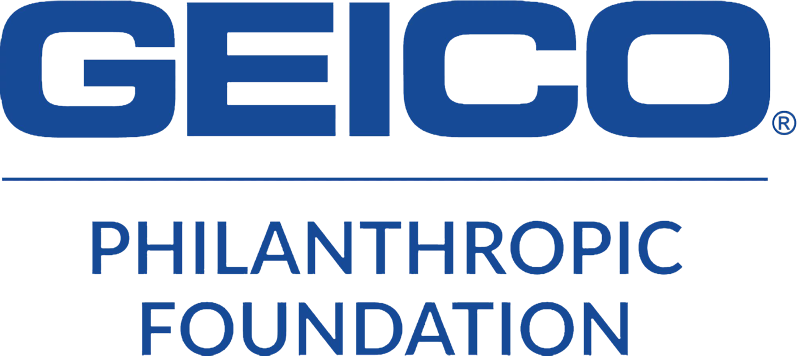
Unfortunately, crime prevention is a challenge that many of our communities face, leaving residents feeling vulnerable and anxious about their safety. Many complex factors contribute to crime, including economic disparity, lack of education, substance abuse, and insufficient access to mental health resources.
At EAC Network, we offer various services and programs that address these critical issues. Through cooperation and partnerships with law enforcement, local organizations, and citizens, we aim to create safer neighborhoods and empower individuals to make positive changes to better themselves and their communities.
Understanding Crime Statistics
While numbers can vary, crime statistics often underscore underlying issues, such as socioeconomic disparities due to unemployment, mental health crises, and substance abuse problems. Below are some numbers that reflect these areas of concern:
244K – The number of Americans sent to prison annually for drug-related crimes.
65% – The percentage of incarcerated people in the U.S. who suffer from a substance use disorder.
46% – The number of men in the U.S. who have been convicted of a crime before age 35.
EAC Network’s Programs: A Holistic Approach to Crime Prevention
We must address the core issues that lead individuals to criminal behavior. Equal focus must be placed on both prevention and treatment for all individuals facing challenges that may contribute to such actions. Through our “Your Streets. Our Streets.” initiative, we focus on areas that have the most consequential effects on both communities and individuals.
Mental Health Needs
43% of state prison inmates suffer from mental disorders, often due to inadequate access to diagnosis and treatment. This lack of care can lead to heightened paranoia, delusions, and impulsiveness, which increase the likelihood of criminal behavior. Without proper intervention and support post-release, many are at risk of returning to prison.
- Community Re-entry Assistance Network (CRAN) program is in place to help individuals with severe mental illness as they reenter society from prison. Individualized treatment plans are created for each person, connecting them with vital community services.
Substance Abuse Issues
The need for drugs or alcohol can drive individuals to commit various offenses, from theft to more violent crimes. Addiction often creates a cycle of behavior in which an individual becomes so affected or reliant upon alcohol or drugs that they will do whatever it takes to obtain them. These individuals need treatment for their substance abuse disorders – not only to reduce crime and improve the community but also to give them a chance at recovery.
- TASC program focuses on breaking the cycle of addiction, crime, and incarceration by helping individuals with treatment programs, other services, and monitoring programs to ensure the individual’s compliance.
Unemployment
Being unemployed or jobless can also contribute significantly to criminal behavior, forcing individuals to seek alternative means to provide for themselves and their families. The stress of unemployment can lead to feelings of hopelessness and desperation, which may lead individuals to engage in theft, fraud, or other illegal activities to survive. This highlights the need for accessible employment opportunities, job training programs, and economic support to assist with crime prevention driven by financial hardship.
- Enhanced Employment Initiative (EEI) promotes educational and job opportunities for individuals within the criminal justice system.
Building Safer Communities Together

We can work toward crime prevention by empowering individuals through EAC Network’s programs and services by addressing the root causes of criminal behavior. With the support of local organizations, law enforcement, and caring citizens, we can transform our neighborhoods into safer, healthier spaces where everyone can thrive.




















